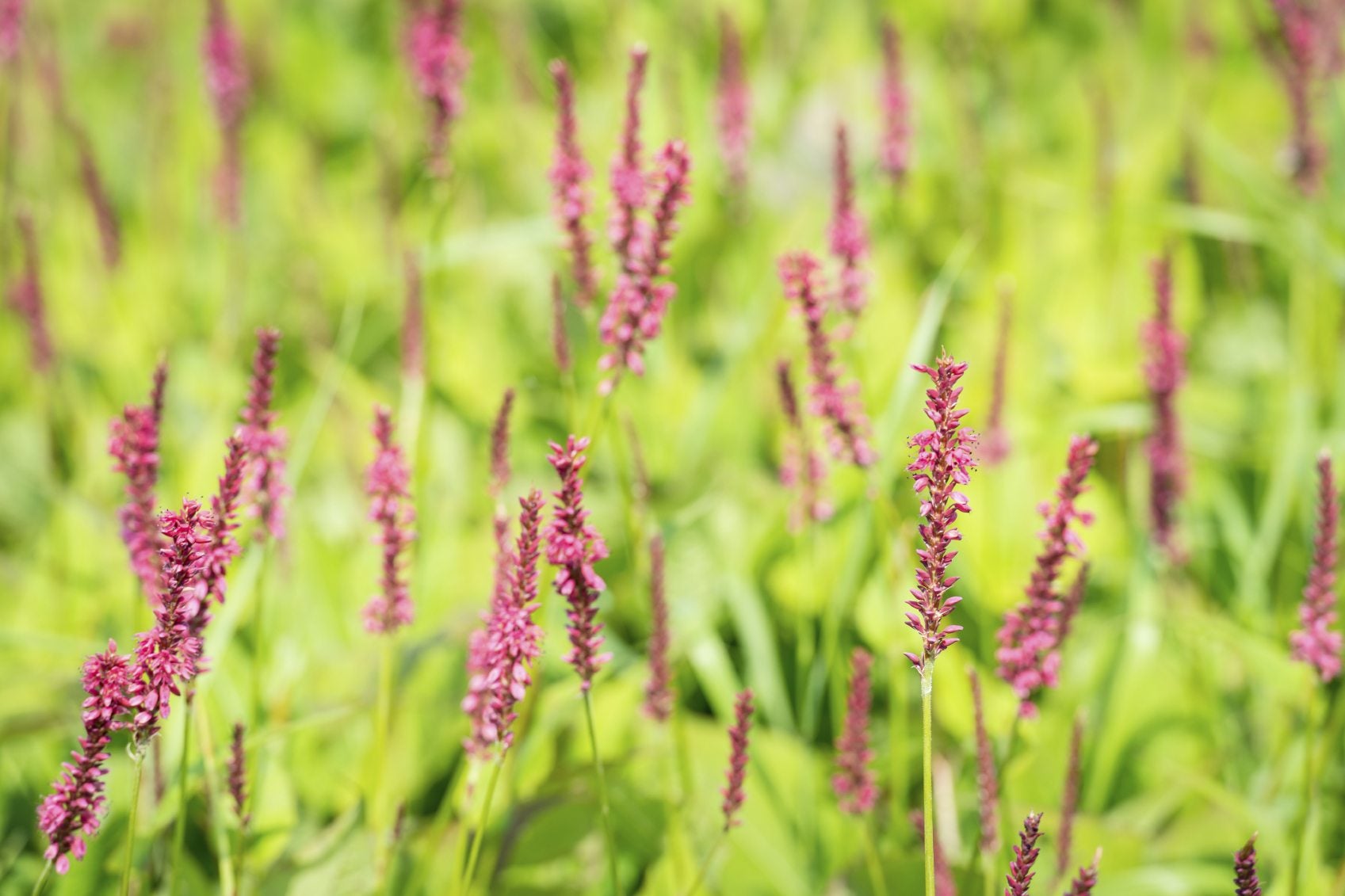Smartweed Identification - How To Control Smartweed Plants


Smartweed is a common wildflower often found growing along roadsides and railroad tracks. This wild grain is an important food source for wildlife, but it becomes a noxious weed when it gets into garden plots and lawns.
What is Smartweed?
Smartweed (Polygonum pensylvanicum) is an annual broadleaf. As an annual, it reproduces through seeds that drop near the parent plant to produce new plants. The most effective control methods focus on preventing the plants from producing seeds. Before we discuss how to control smartweed, let's take a look at a few key physical features that can help with smartweed identification. One of the first things you might notice is that the stems are divided into segments. The swollen areas that separate the segments are called “knees,” and they are covered with pale green sheaths. Smartweed leaves are shaped like lancets and may have purple blotches. The leaves have smooth edges and sparse hairs on the surface.
Getting Rid of Smartweed Plants
Getting rid of smartweed begins with good cultural practices. Weeds have a hard time gaining a foothold in a healthy, well-kept lawn. Water the lawn as necessary and apply lawn fertilizer on a regular schedule. Frequent mowing helps keep the grass healthy, and it removes the tops of weeds, such as smartweed, before they have a chance to produce seeds. Rake up and bag debris that may contain seed heads. Smartweeds have shallow taproots that make it easy to pull them up when you only have a few. Some organic herbicides, such as acetic acid and citric acid, are effective at killing young smartweed plants, but they might also harm garden plants unless applied very carefully. Flamers can also help you take control of smartweed in your lawn or garden. It only takes one-tenth of a second of heat from a gas torch to kill smartweed, and once killed with flame, the weed won't return. Flamers are most useful in a vegetable garden where you have long, straight rows.
Sign up for the Gardening Know How newsletter today and receive a free copy of our e-book "How to Grow Delicious Tomatoes".

Jackie Carroll has written over 500 articles for Gardening Know How on a wide range of topics.